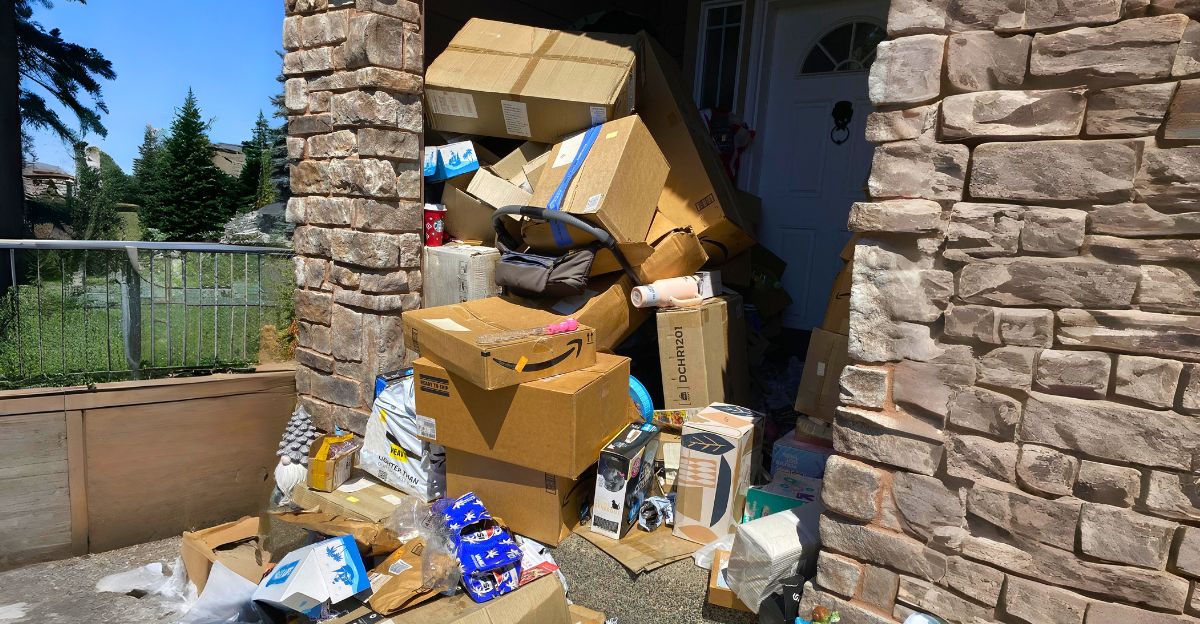
In recent years, the way Americans shop has significantly transformed, with staggering amounts spent on impulse purchases. According to Bankrate’s latest survey, consumers dropped $71 billion on unplanned buys over the past 12 months, revealing an average spend of $754 per impulse buyer.
The surge in spontaneous buying has been particularly pronounced in 2024, with data from Capital One Shopping showing monthly spur-of-the-moment expenditures rebounding sharply to $281.75. Analysts attribute this remarkable 51.9% increase to easing inflation concerns and a barrage of “limited-time” offers flooding social media platforms. The clear implication? Impulse shopping isn’t just returning; it’s gaining momentum, reshaping the retail landscape.
TikTok’s Bold Ecommerce Strategy
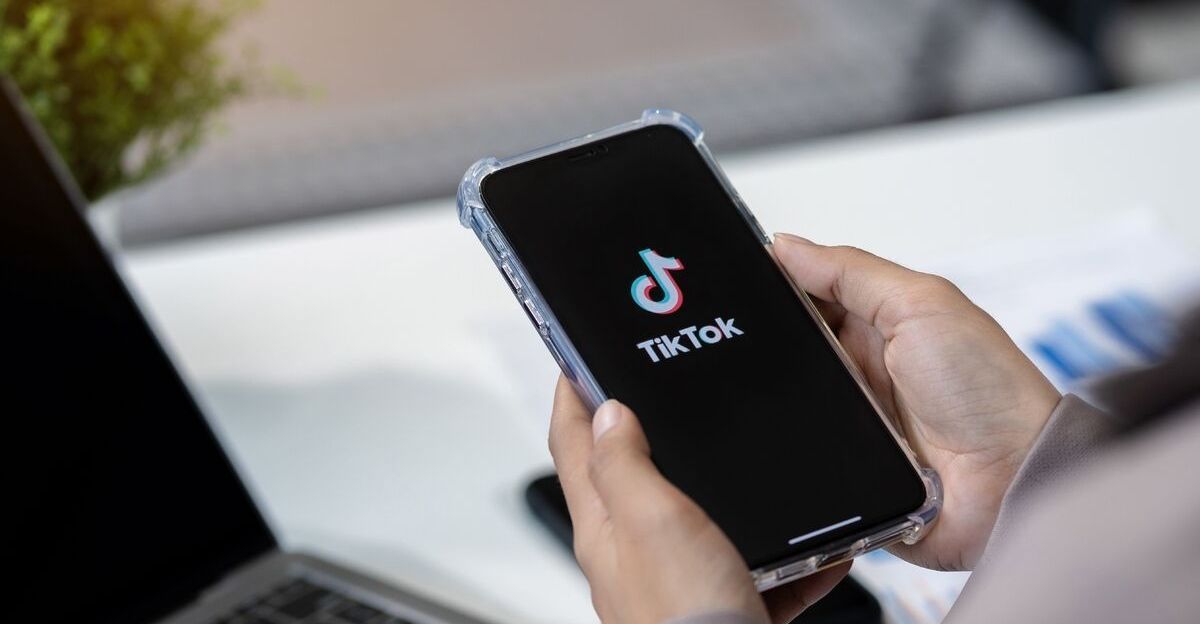
As impulse buying becomes more prevalent, platforms like TikTok are making bold moves to capitalize on this trend. TikTok Shop has set ambitious internal targets for 2024, aiming for a staggering $20 billion in global merchandise sales, approximately four times the amount from 2023.
With purchases seamlessly popping up in users’ “For You” feeds, many of these transactions are classified as impulse buys, blending entertainment and shopping in mere moments. “Shopping should feel fun and spontaneous,” observes digital marketing analyst Sarah Johnson. The U.S., as the fastest-growing market for TikTok, exemplifies how algorithm-driven recommendations can turn a niche experience into a multibillion-dollar industry in record time.
The Historical Context of Impulse Buying

Interestingly, impulse buying isn’t a modern phenomenon; it has predated smartphones for decades. A recent Slickdeals study indicated that Americans typically make three spur-of-the-moment weekly purchases, despite a notable decline earlier in 2023. Historical data from CreditCards.com reveal that one in five adults has spent over $1,000 on a single unplanned item.
Surveys trace this behavior back to the candy racks of the 1950s, through the flashy infomercials of the ’90s, to today’s online one-click purchases. “The psychological triggers of scarcity and surprise have always been present,” shares behavioral economist Mark Peters, helping to explain why impulse buying remains anchored in our consumer culture.
The Power of Digital Storefronts
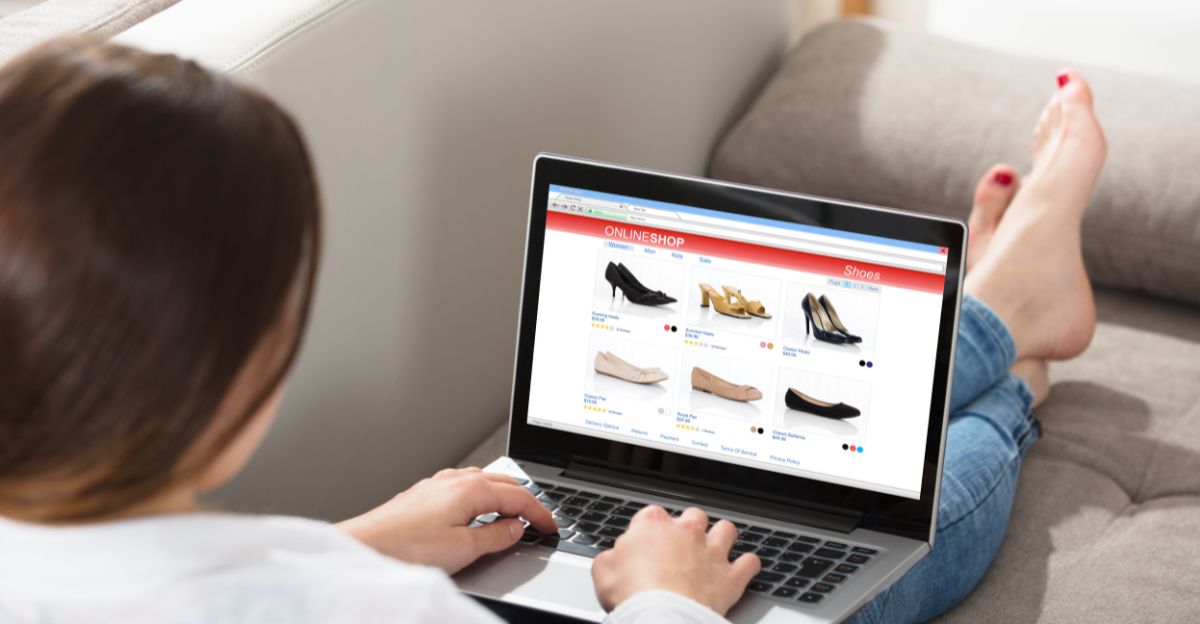
Today’s digital storefronts have become sophisticated in their approach to impulse buying, utilizing data-driven strategies to enhance the shopping experience. As Deloitte highlights, impulse add-ons have jumped from 5-7% of average order values five years ago to an impressive 30% on leading quick-commerce apps. This evolution is mainly due to advanced machine-learning algorithms that refine product suggestions in milliseconds.
An Ipsos/TikTok white paper describes this phenomenon as “impulsively planned,” indicating that 54% of consumers now forgo strict spending limits due to the constant availability of discoveries. “It’s almost as if the shopping experience has become a game,” remarks consumer behavior specialist, Elena Chen.
The Impact of AI on Shopping Behavior
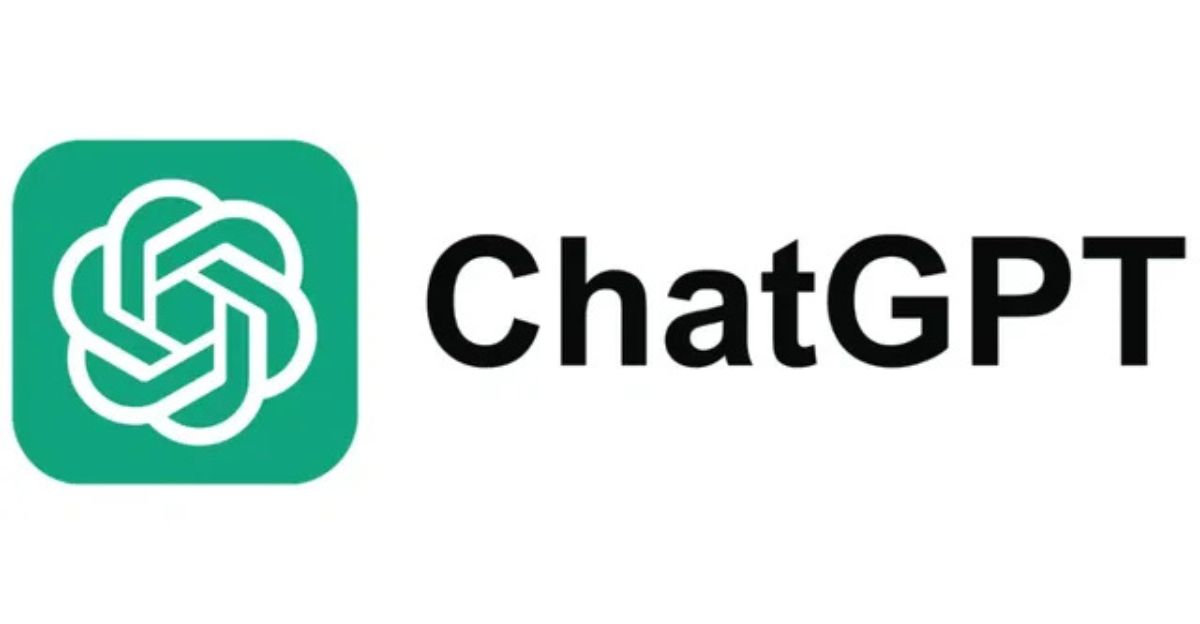
The advent of generative AI tools has further revolutionized the shopping landscape. A recent Adobe Analytics survey of 5,000 U.S. consumers found that 39% already use AI tools like ChatGPT, Gemini, and Copilot for research or making purchases, with an impressive 53% planning to do so this year.
Data illustrates a remarkable 1,200% surge in site traffic from AI chatbots to retail pages between July 2024 and February 2025, doubling approximately every two months. Shoppers report that these bots streamline their searches, enhance deal-finding, and provide curated product lists. “AI makes my shopping experience so much easier,” says frequent online shopper Lisa Martinez, highlighting the practical benefits of this technology.
Regional Trends in Impulse Buying

The wave of AI-driven impulse buying isn’t uniform; certain regions and demographics exhibit stronger trends than others. A study by HostingAdvice, involving 3,000 marketers, ranked states like California, Florida, Texas, New York, and Arizona as the most prone to spontaneous purchases, with 45% of residents there indulging within minutes of exposure.
Gen Z is leading this trend, with 23% of Americans aged 16-25 identifying as frequent impulse shoppers, 17% higher than the national average. “We grew up with social media, so it’s natural for us to buy something right off our feeds,” reasons college student Jake Robinson, indicating how deeply intertwined digital experiences and purchasing habits have become.
Consumer Skepticism Towards AI Assistants
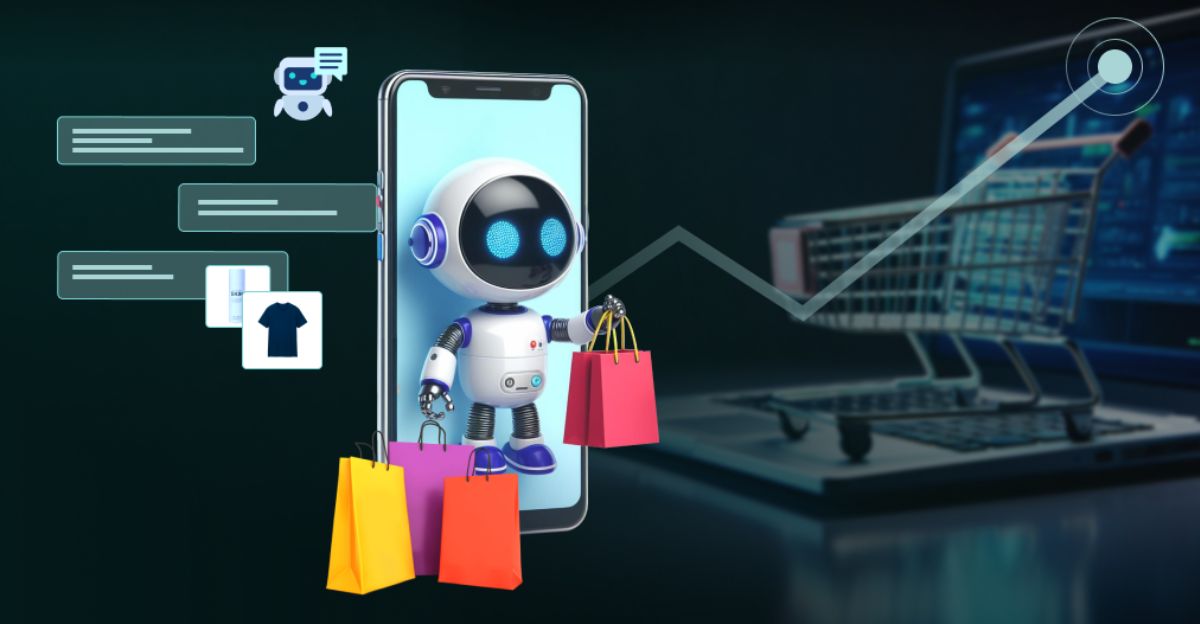
Despite the surging popularity of AI shopping assistants, not all consumers fully trust these digital gatekeepers. San Francisco marketing consultant Elliot Padfield expresses his skepticism: “I still have to guide the AI; it suggested headphones that never arrived.” This sentiment resonates with data from YouGov polling, revealing that 43% of Americans are aware of AI shopping tools, only 14% have tried them, and 41% admit having little to no trust in them.
However, skepticism doesn’t quell experimentation; as Padfield shared, he received a refund and continues exploring the technology, indicative of a market navigating excitement and caution.
Retailers Compete for Attention
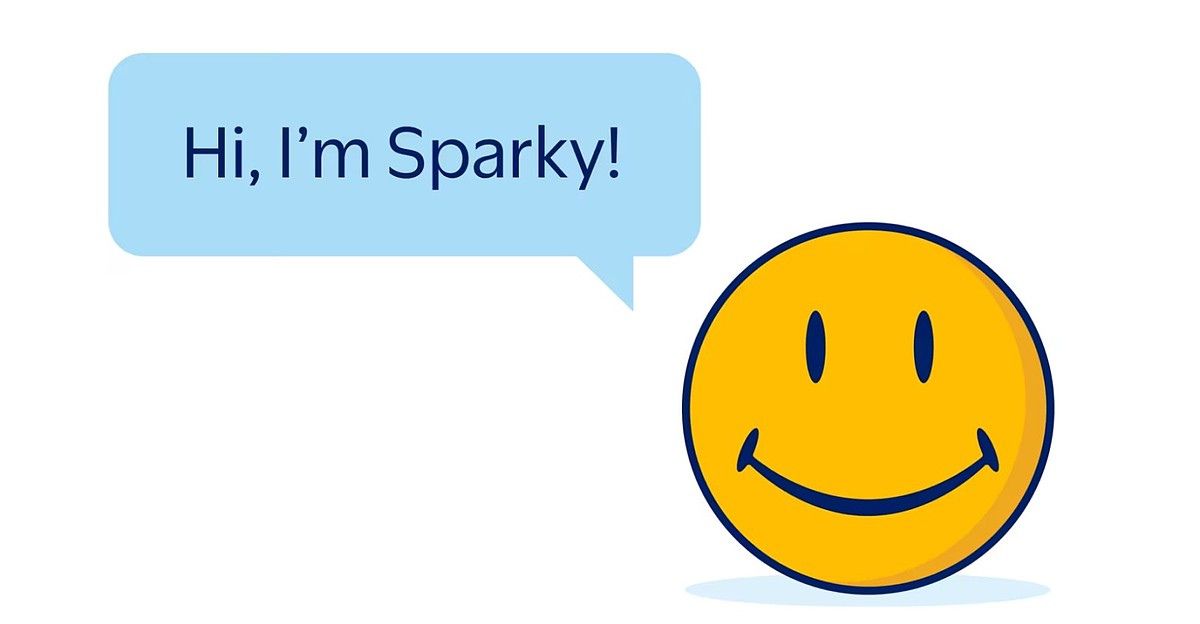
In response to the rise of AI assistants, retailers are eager to embed their technologies to capture consumer interest. For instance, Walmart has introduced its chatbot, “Sparky,” which helps summarize reviews and build shopping lists, while Amazon employs “Rufus” to manage product questions.
Industry reports shed light on this trend, highlighting that AI-referred traffic doubles every two months, especially in electronics and jewelry sectors. Adobe’s findings further reveal that AI visitors tend to browse 12% more pages but are still 9% less likely to purchase, underscoring how the balance of research and impulse is shifting rapidly.
The Economic Landscape of Impulse Buying
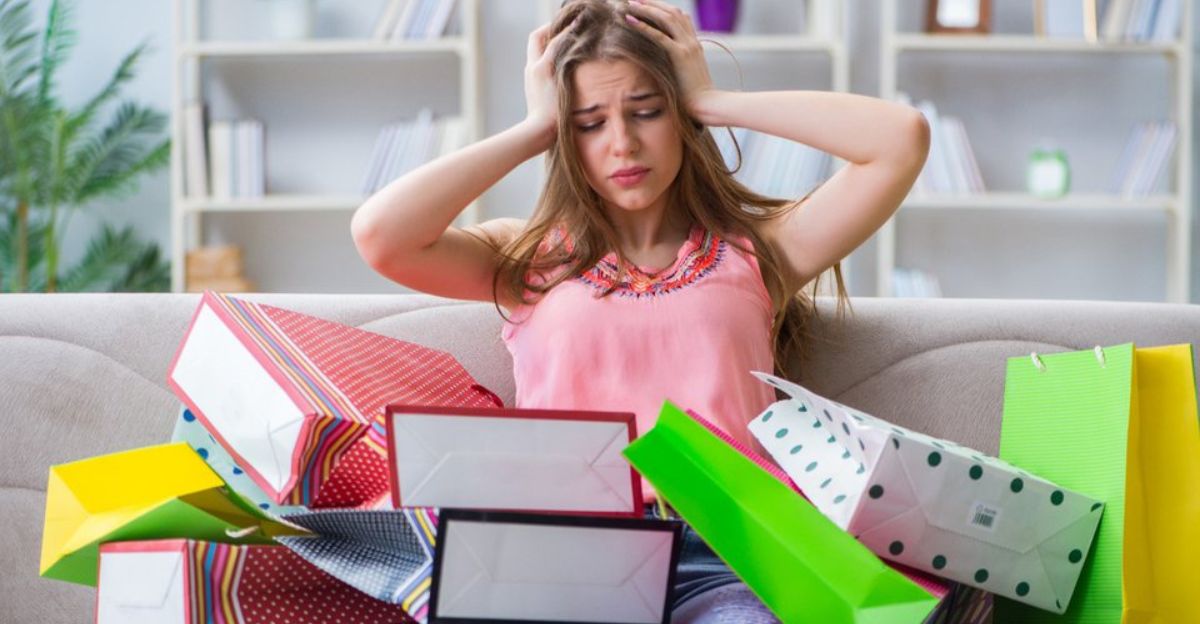
When these various trends are layered together, the financial implications become staggering. The $71 billion estimate provided by Bankrate pertains solely to social media-driven impulse buys. Meanwhile, Provoke Insights projects that impulse spending, across all avenues, is increasingly shaping the U.S. economy.
As marketers hone in on blending digital strategies and real-time analytics, the avenues for consumer engagement will only expand. “It’s all about creating an ecosystem where spontaneity meets accessibility,” comments retail strategist Angela Wright, emphasizing the potential for continued growth in impulse spending.
The Future of Shopping and AI Integration

As impulse shopping and AI tools continue evolving, consumers and retailers need to adapt and embrace these changes. A landscape with opportunities awaits, particularly as generative AI expands into everyday shopping scenarios. The challenges remain, as shown by the experiences shared by hesitant shoppers, yet the excitement and potential of tomorrow’s retail environment are undeniable.
It’s predicted that impulse buying will only keep accelerating as AI tools become more integrated and trusted. “I can’t wait to see how these technologies will shape my shopping experiences in the future,” adds frequent shopper Lisa Martinez, acknowledging the rapid evolution at her fingertips.